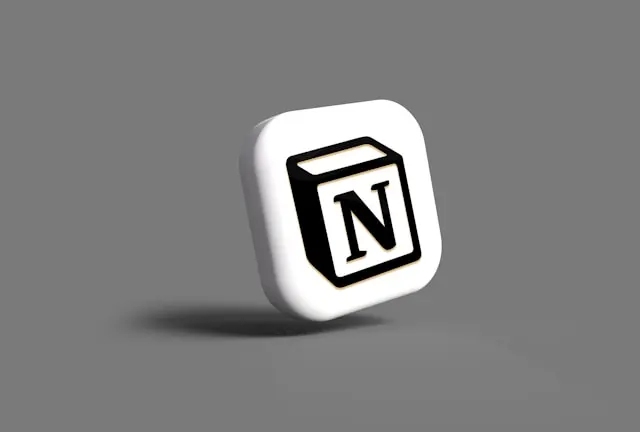How to Run a Standup Meeting (with 5 Powerful Templates)

A wise man once said, “A standup meeting a day keeps the team on the right way.” As a vital practice, these meetings serve as daily touchpoints for tracking progress and driving continuous improvement.
In this blog, we will:
-Explain what a standup meeting is and highlight its benefits
-Outline how standup meetings are applied in different contexts
-Provide a step-by-step guide on how to run a standup meeting
-List best practices for hosting and participating in standup meetings
-Share 5 powerful standup meeting templates
Let's get started.
What is a standup meeting?
A standup meeting is a short daily meeting held by teams to review their progress, coordinate their tasks, and discuss any obstacles. The term "standup" comes from the practice of participants standing during the meeting, which encourages brevity and keeps the discussion concise.
The primary purpose is to ensure that team members are working towards a common goal effectively. Fostering open communication, standup meetings help teams maintain focus and momentum.
Here are some basic facts about these meetings:
Synonyms: scrum meeting, daily scrum, daily huddle, daily check-in, daily sync-up
Duration: 15 minutes or less
Frequency: daily
Attendees: all members of a project or development team (project manager, scrum master, product owner, developer, tester, designer)
Three adjectives to define a good standup meeting: focused, action-oriented, time-boxed

4 Benefits of Standup Meetings
Standup meetings offer several benefits, including:
Standup Meetings in 3 Different Contexts
Before we move on to how to run a standup meeting, we’ll take a look at how these meetings are applied in 3 different contexts:
| Context | Application of Standup Meetings |
|---|---|
| Remote Teams | Video conferencing (Slack huddles are a great option), visual aids (shared screens, digital whiteboards, etc.) |
| Large Teams | Division into smaller groups, separate synchronization meetings to share the updates with the larger team |
| Agile Software Development | Scrum framework, sprint goals, project timeline |
How to Run a Standup Meeting Step-by-Step
If you’re about to host a standup meeting, following certain steps can help you make sure it is a success.
Before the Meeting

During the Meeting
After the Meeting
Transcribe Your Standup Meeting
Best Practices for Standup Meetings
For a fruitful standup meeting, both hosts and participants need to engage in practices that promote accountability and transparency. Embracing these best practices can lead to more organized meetings and support a productive team dynamic.
For Hosts

For Participants
5 Powerful Standup Meeting Templates
Whether you’re managing a remote team or member or a small department, the right standup meeting template can simplify the process and meet your specific needs. Below are some of the best options available, each with features to help you run standups smoothly.
Notion
With a diverse range of options from numerous creators, Notion is a haven for templates. The platform’s “Remote standups” template is just one of them, where each team can create a new page for their members to share what they did yesterday and plan to do today. You just need to add dates, names of the team members, and tags to keep this simple template organized.
Asana
Asana’s free daily standup meeting template has integrated features like time tracking, custom fields, and project views. You can easily create actionable follow-ups or set recurring tasks. Additionally, you can refer to your existing tasks and projects in Asana, which ensures that all relevant information is right at your fingertips during the standup meeting.

Miro
Miro’s daily standup meeting template includes sections for each team member, featuring customizable cards. You can assign names and different colors to these cards, making them visually appealing and easy to follow. Each member must answer three key questions (what they accomplished yesterday, what they hope to accomplish today, and any obstacles they are facing) to complete their cards. The coolest feature of this template is the 'parking lot,' where side issues can be noted down to address later.
Mural
Similar to Miro, Mural’s “Team standup template” has blocks for each team member, where they can share their progress based on what’s in progress, on hold, or done. You can add tags on sticky notes to easily categorize, organize, and find your work. Afterwards, you can move completed tasks into the “Completed this Q” section of the template.
Fellow
Fellow’s daily standup meeting template is ideal for team and department leads. With time-saving automations and AI-suggested talking points, you can quickly get an idea of performance and work preferences at the same time. Offering AI recording, the template can be synced to your meeting to capture discussions and document key points for future reference.
Frequently Asked Questions
What are sprints and standups?
Can standups be weekly?
What are the right questions to ask during a daily Kanban standup?
What are the 4 types of meetings in Agile?
How can you make a standup meeting fun?
Summary
This blog covered the steps on how to run a standup meeting, and shared best practices both for hosts and participants to create a productive experience. It also suggested 5 standup meeting templates that can help you organize your meetings and maintain consistency.
Whether you’re a host or participant, always remember these 3 golden rules of standup meetings:
-Stick to the time limit and respect everyone’s schedule.
-Document action items clearly and follow up to make sure tasks are completed on time.
-Share blockers and offer solutions to keep the team moving forward.
By adopting these practices, you can make these meetings more valuable for everyone involved. Give them a try in your next standup!

